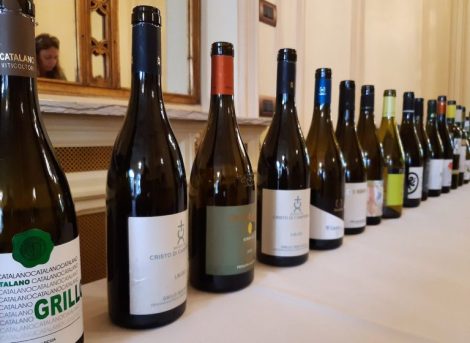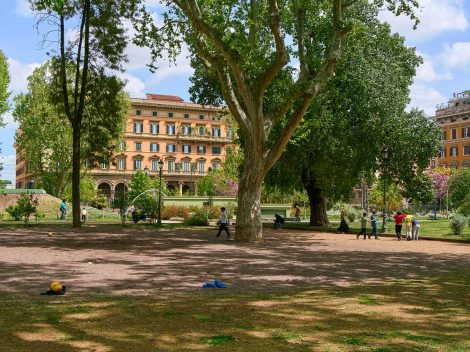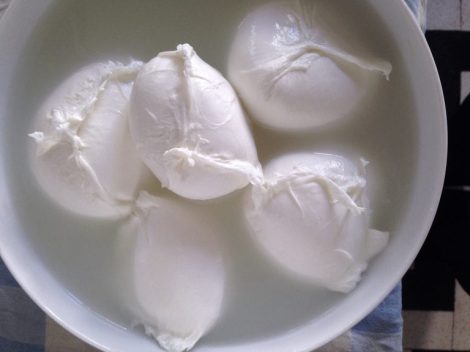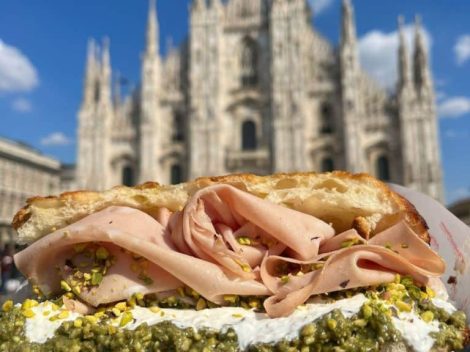Panettone, the Italian classic
Many legends revolve around the origins of panettone. First of all regarding Toni, the scullery boy in Ludovico il Moro's kitchen who sacrificed his yeast on Christmas Eve to remedy the damage done by the Sforza head chef, giving life to the first great leavened product (the name would derive from "pan de Toni"). The true story, however, starts from bread and from the Milanese custom of the past to enrich classic loaves with all the possible ingredients for Christmas. Considering how wheat bread at the time was a product of great value, and until 1395 bakers in Milan were allowed to bake it only at Christmas to give it to regular customers. Butter, eggs, raisins and sugar were used to enrich the dough, but we must wait until 1853 for the use of yeast to spread; a year later come the cubed candied citron appearing for the first time, mentioned in the Tratto di cucina, modern pastry by Giovanni Vialardi, cook of the Savoy rulers. Today panettone is the king of the Christmas holidays, at the centre of festive tables of all Italians and above all under the magnifying glass of confectioners, professionals, critics and gastronomy enthusiasts.
Pandoro, a dessert from Verona
The other Christmas cake, Pandoro, remains more in the shadows. A leavened product that belongs to the Verona tradition, but whose origins are much more remote: in fact, they date back to the times of the ancient Romans, who were the first to invent this sweet bread, which at the time was made with flour, butter and olive oil. Testify this is Pliny the Elder, who in a writing of the 1st century AD mentions a cook named Vergilius Stefanus Senex struggling with the preparation of this "panis." The recipe also seems to derive from the "pane de oro," served during the 13th century at the noble courts of the Venetians, although the contemporary version is more similar to nadalin, a sweet from Verona invented in the 13th century for the Christmas holidays, less buttery than to today's pandoro but with a similar star shape. The leavened product as we know it today was officially born in the city in the city of Juliet in the second half of the 19th century and, for over two centuries, has accompanied the celebrations of Italians, particularly appreciated by children who usually do not like candied fruit and raisins present in abundance in the Milanese cousin.
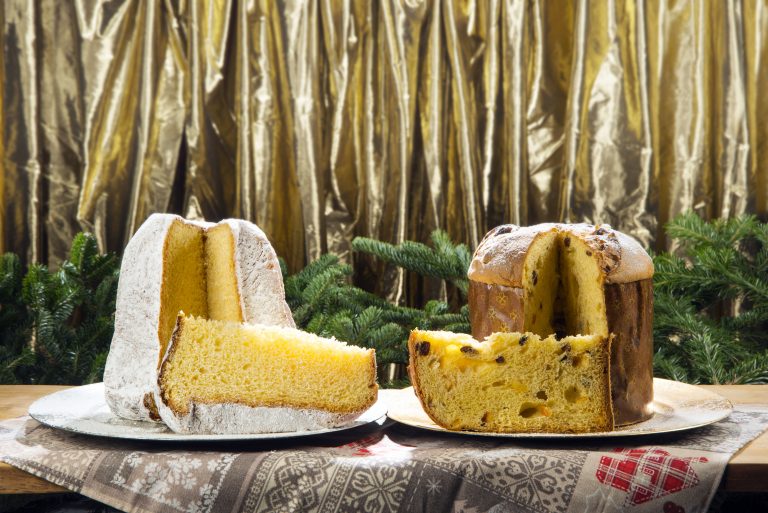
 A Riesling from Oltrepò Pavese is the best quality-price ratio wine in Lombardy according to Gambero Rosso
A Riesling from Oltrepò Pavese is the best quality-price ratio wine in Lombardy according to Gambero Rosso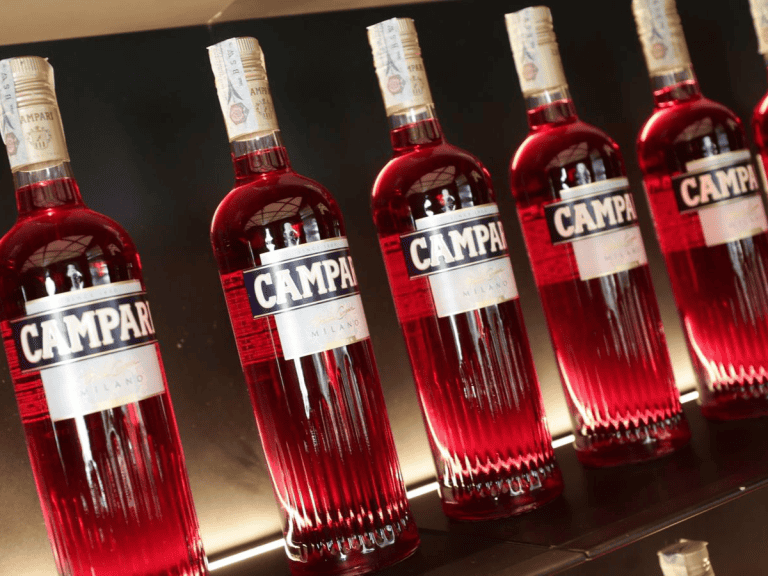 "The Campari recipe? It's a secret, only five people know it." Journey into the factory of the world's most famous red
"The Campari recipe? It's a secret, only five people know it." Journey into the factory of the world's most famous red 57 million bikers on vacation on farms, the Cycling Federation and Agriturist focus on cycle tourism
57 million bikers on vacation on farms, the Cycling Federation and Agriturist focus on cycle tourism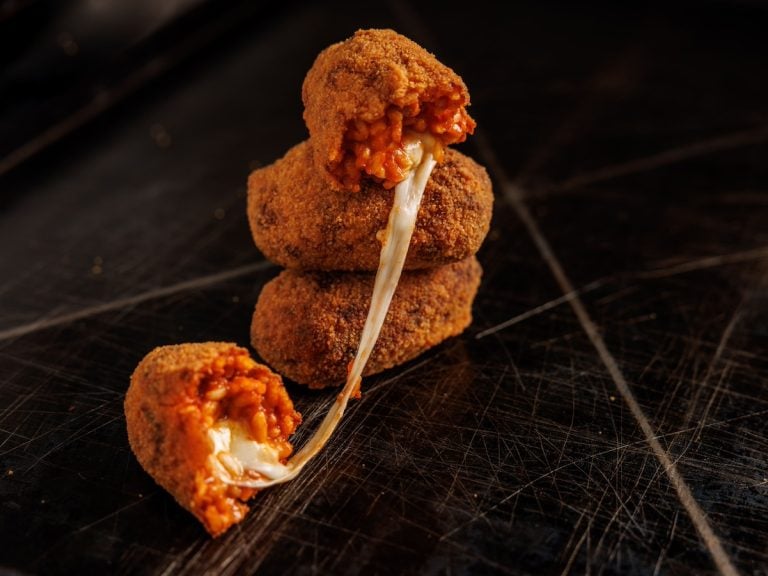 A new era for Casa del Supplì: opens a new location and considers franchising
A new era for Casa del Supplì: opens a new location and considers franchising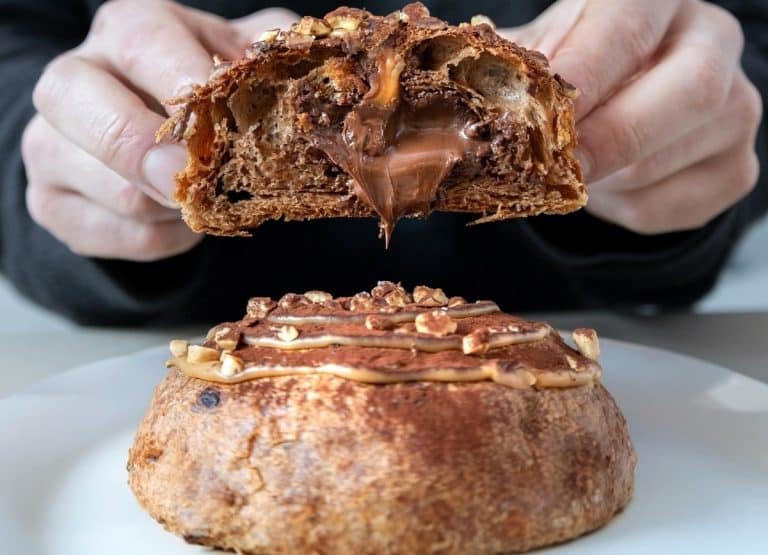 In Milan, a specialty café with gelato is opening near Bocconi University
In Milan, a specialty café with gelato is opening near Bocconi University
